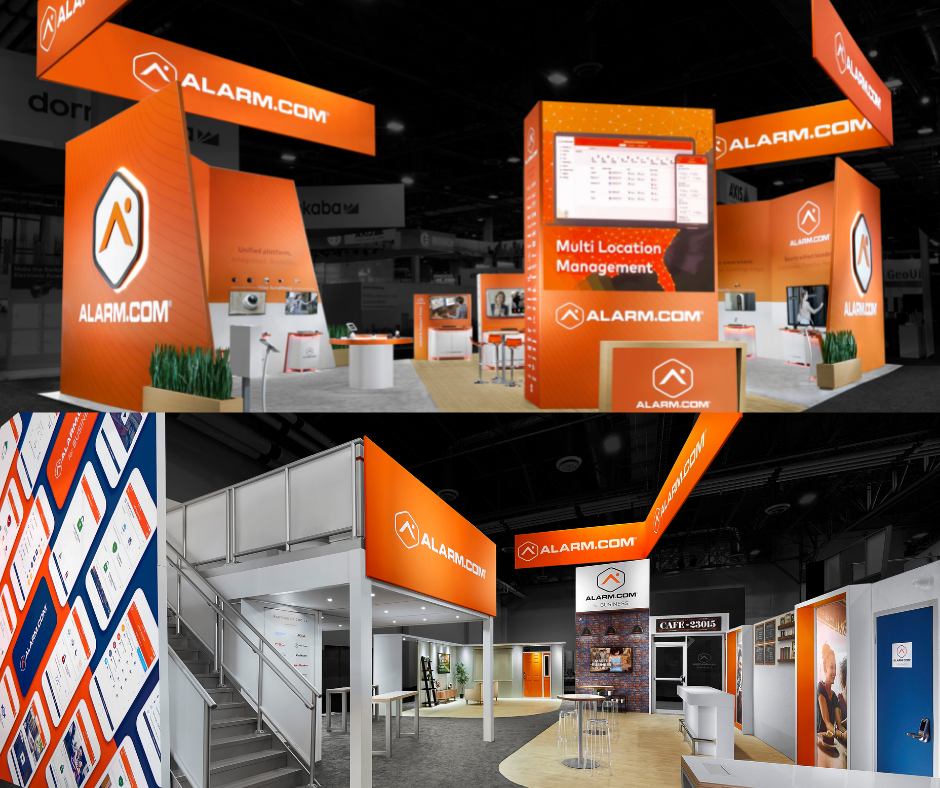Inflation is happening all over the globe right now, and Americans certainly feel the pinch of the 8.5% inflation rate — especially at the gas station, in housing, and in grocery stores. And undoubtedly, the events industry is impacted as well.
While price increases everywhere have event marketers working to re-strategize and reprioritize their trade show and event programs, there are a few things to consider when considering the impact on event marketing budgets.
1. Boost funds for transportation costs.
The reality is that the national average fuel cost was $3.05 per gallon pre-pandemic. As of May 2022, the national average fuel cost is now $5.50 per gallon.
This is an 80% increase in fuel cost.
The same exhibit shipped in 2020 is now almost double the cost to ship now.
Although we realize it’s not as easy as “get more money,” this is an expense that simply cannot be avoided. Work with your exhibit designer to come up with a design-driven plan to use less structure, but still deliver impact on the show floor. In turn, you’ll transport less stuff. We’ve also helped clients reprioritize experiences at the event to allocate those funds for transportation costs.
2. Utilize the Access Model
Not only are transportation costs on the rise, but so is the cost of raw materials. Plywood is now 50% more expensive than it was pre-pandemic. And that’s just one material.
Buying a booth comes with a substantial up-front investment. During ownership, companies are responsible for managing and paying for all of a booth’s shipping, handling, storage, setup, teardown, maintenance, and repair logistics. Those costs typically add up to about 10-20% of the total booth cost, incurred on an annual basis.
Also, consider that most traditional “custom” exhibits are built using plywood and laminate. For brands building a tradeshow booth from scratch, that booth will now cost at least 50% more than it would have two years ago.
The Access Model for exhibiting is a corporate event planner’s best ally for flexibility during a period of inflation. Steelhead has a massive inventory of existing, sustainable materials and exhibit properties that are easily reconfigured to deliver a customized experience for every trade show. Emerging from the uncertainty of the past two years, Steelhead clients appreciate not being “stuck” with exhibit inventory that may no longer be feasible to ship around the country.
3. Communicate Immediately with Stakeholders
We get it— simply asking for more funds for your trade shows is easier said than done. In this situation, prompt and direct communication is key.
In planning meetings for your next corporate marketing event, communicate cost increases to your management right away. If you need help, ask your exhibit partner to break it down for you so you can supply current and clear data. If it’s easier for you to have your exhibit supplier deliver “bad news,” lean on them to do so. Figuring out how to mitigate costs during this time requires us all to address the inflation elephant in the room.

Conclusion
Having your event marketing budget reflect the current realities is the easy answer, yet it is not easy to do. It’s time to be extra thoughtful and intentional in design elements to reduce shipping, drayage, and labor.
Exhibit providers need to educate event managers about these cost increases so that they can inform their management as soon as possible. Every industry is feeling the constraint of supply chain issues and the rise of inflation, so it’s not entirely a surprise that the events industry is no exception.
Contact us to learn more about how Steelhead is uniquely positioned to help clients mitigate costs during inflation.


